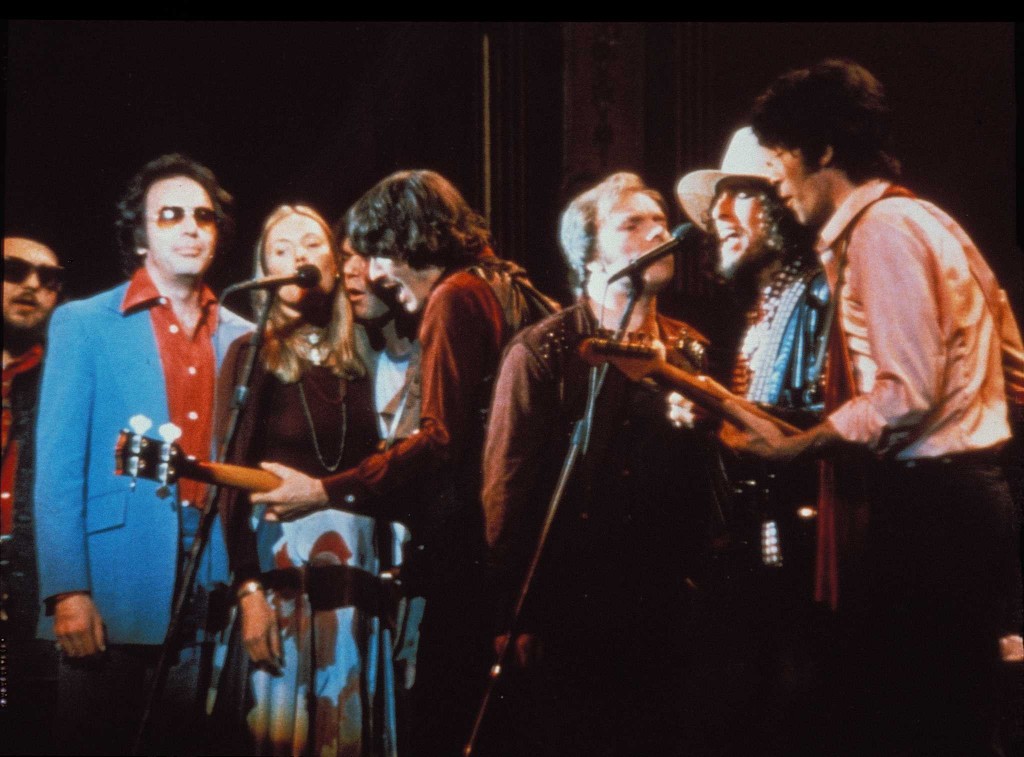
A scene from Martin Scorsese’s documentary The Last Waltz (l. to r.): Dr. John, Neil Diamond, Joni Mitchell, Neil Young, Rick Danko, Van Morrison, Bob Dylan, Robbie Robertson.
Like most rock fans, I’ve seen The Last Waltz in movie theaters and at home and I’ve listened to the live album (all of the variations) countless times. I recognize that it was one of the all-time great rock concerts, a night of star power that has never been equaled.
But I didn’t need to see the film or listen to the album to experience that momentous occasion because I was there, inside of San Francisco’s Winterland Arena, on Thanksgiving of 1976, watching it all unfold in real time.
And yes, it was every bit as special as Martin Scorsese’s documentary and the associated albums would indicate. Truth be told, it was actually pretty surreal.
There had been rumors for months that The Band was going to split up, and then a new one that they were going to go out in style, with a big bash at Winterland. The word was that they were going to invite some of their high-profile friends too—maybe even Bob Dylan.
I was living in San Francisco at the time, a student at S.F. State University. My friends and I had seen Dylan and the Band in ’74 during their big national tour, but Winterland, with its 5,400-capacity, was a smaller, friendlier venue than the Oakland Coliseum, and the opportunity to see them again and maybe get close to the stage—it was a general-admission venue—was very tempting.
Then came the announcement: It was on! To spread the word, as was customary in San Francisco, Bill Graham had a poster produced that gave up almost no information. It said, “The Last Waltz. The Band in Their Farewell Concert Appearance.” It gave the date—Thanksgiving, November 1976—and the venue. Nothing about any special guests.
And nothing about the cost.
Soon the ticket information was revealed. If you wanted to attend The Last Waltz on 11/25/76 it was going to cost you $25. Twenty-five dollars?! Was Graham kidding?! That was a freakin’ fortune! Concerts in those days averaged $5-8. Who had $25 to go hear a band, even The Band? It was outrageous!
This was going to take some consideration. Could we afford it? No. We were students and part-time workers. This was a week’s grocery money Graham was asking for. But could we afford not to? No way! Somehow we’d scrape together the cash. We knew this was going to be historical, just knew it.
And hey, since it was Thanksgiving, we’d get to feast too—Graham and the Winterland staff promised to feed us all! So that was the plan—get to Winterland a couple of hours before the show, stake out your place and then eat as much as you wanted. A new wrinkle on dinner and a show, for sure.
That’s exactly how it went down. Along with a dozen or so of my closest friends, I arrived at the arena in the afternoon. We ran to grab seats in our favorite viewing area—the raised seats to the left of the stage so we’d have a clear view of the action—and then chowed down. The food was delicious—thanks, Uncle Bill!—and now we were ready for some music.
By the night of the show, most of the names of the participants had been leaked but still, no one was quite sure if they were all really going to be there or if folks were just speculating. For the first hour of the program, the Band performed on their own, presenting the most memorable songs from their catalog—“Up on Cripple Creek,” “Rag Mama Rag,” “Stage Fright,” “This Wheel’s On Fire,” “The Night They Drove Old Dixie Down,” etc., along with a cover of Hoagy Carmichael’s “Georgia On My Mind.”
I’d seen the Band many times in concert, and they could be hit or miss. This night they were astonishing—perhaps because they knew it was their final curtain (and that the cameras and tape machines were capturing every second), they gave it everything they had.
After a dozen tunes on their own, the first guest arrived onstage: Ronnie Hawkins, the rockabilly artist with whom they’d gotten their start in Canada more than a decade earlier. They did Bo Diddley’s “Who Do You Love?” with Hawkins, he exited, and Dr. John emerged, sitting down at the piano to sing his “Such a Night.”
He was joined by southern songwriter Bobby Charles (of “See You Later, Alligator” fame) on “Down South in New Orleans,” and the blues groove continued as, sequentially, Paul Butterfield, Muddy Waters (Muddy Waters!) and Eric Clapton strolled out to take their turns.
We all would have gone home happy right then and there—Butterfield, Clapton and Muddy, are you kidding me?—but if you’ve seen the movie or heard the recordings, you know what was yet to come: Next, we witnessed Neil Young and then Joni Mitchell. Sublime. They were followed by Neil Diamond, a singer many in the audience thought an odd choice, perhaps not knowing that the Band’s Robbie Robertson had produced his new album, A Beautiful Noise. From that album Diamond sang “Dry Your Eyes” with characteristic bravado, then took his leave. Few seemed to mind very much as Van Morrison took his place, raising the roof with a raving take on his “Caravan.”
For the next segment, following intermission, the Band returned on their own, with organist Garth Hudson’s showcase piece “Chest Fever,” followed by “Evangeline” and the inevitable “The Weight.”
Was that going to be it? Who would’ve complained if they’d said goodnight right then?
I’m told that poets Lawrence Ferlinghetti and Michael McClure read next but I have no recollection of that. (It should also be noted that a couple of the artists in the film were added after the fact, including the Staple Singers, shown above)
Then came Dylan. Wearing a white hat and a polka-dot shirt covered by a leather jacket, his hair longer than it had ever been, he and the Band tore into a revved-up take on the old folk song “Baby, Let Me Follow You Down.” His set was short—“Hazel,” “I Don’t Believe You,” “Forever Young” and a reprise of “Baby, Let Me Follow You Down” followed—but it was electrifying, the perfect way to close out the show.
Watch Robbie Robertson talk about The Last Waltz
But they weren’t done yet—of course not. The Band may have wanted to part from one another by this point in their lives, but they weren’t in any hurry to vacate the stage on this holiday night. The first encore, “I Shall Be Released,” featured most of the cast, joined now by Ringo Starr and Ronnie Wood. I remember turning to my friend and saying, “There’s a Beatle and a Rolling Stone on the stage and it doesn’t even seem that unusual.”
A couple of jams followed—at some point Stephen Stills made his presence known—and it all ended with Marvin Gaye’s “Don’t Do It.” And that was it for the Band. Robbie Robertson, Levon Helm, Garth Hudson, Richard Manuel and Rick Danko would all continue to make music as the years passed, sometimes as the Band (never again with Robertson though) and in other joint and solo endeavors. All of them are gone now, but that Thanksgiving sendoff remains one of classic rock’s singular events, one that will likely be commemorated and enjoyed for decades to come.
It was worth every penny of that 25 bucks.
(A personal coda: The morning after that event, I was still so pumped up that I sat down at my typewriter—remember typewriters?—and wrote up a review. I had just begun submitting news stories to my college newspaper so I gave my concert review to the editor and asked her if she could take a look at it. The following week it appeared in print, setting me off on a journey as a music journalist that continues to keep me busy nearly every day of my life nearly 50 years later. The Band’s finale provided the beginning of at least one person’s career.)
Watch the first encore of The Last Waltz, with a cast of rock legends
The film is available to stream or purchase in the U.S./worldwide here, in Canada here and in the U.K. here. The Scorsese-Robertson decades-long partnership is the focus of a 2025 book.
Related: Music journalist and author Harvey Kubernik spoke to Robertson about the concert
- Peter Frampton Interview On His ‘Comes Alive!’ Album - 01/06/2026
- Jeff Lynne’s ELO at Radio City Music Hall: 2016 Review - 12/30/2025
- Jerry Kasenetz, Producer of Bubblegum Hits, Dies at 82 - 12/26/2025

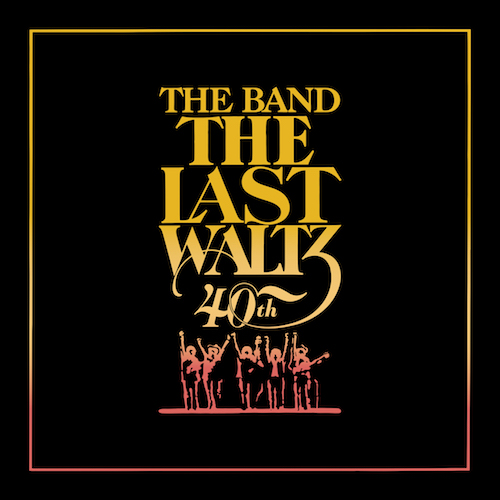
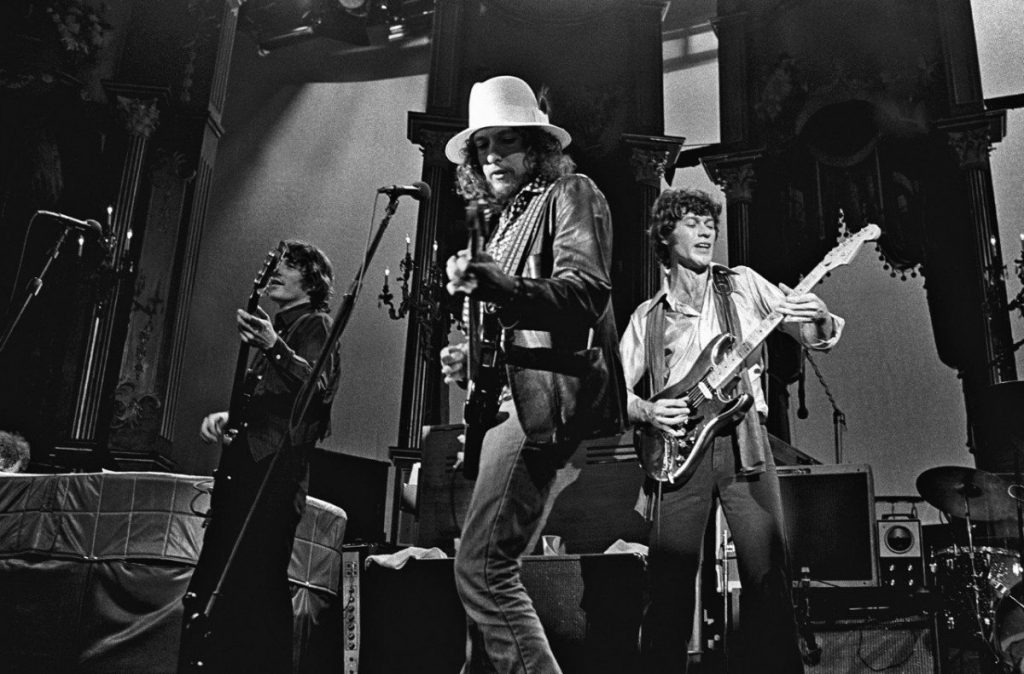
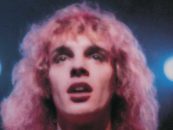

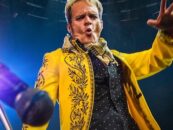
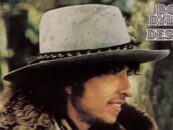

16 Comments so far
Jump into a conversationAwesome…just awesome!
I was there too. We got there at 4 am and were second in line. It was my second concert ever which kind of ruined me for life.
The poets read on et break after the first et by The Band. The guests started after the poets.
Thanks, Joel.
Wrong, Mr. Selvin. There was no break between the Band’s set and the guests. The break came after Van followed by Acadian Driftwood. The poets took the break then came a few songs by the Band and then came Bob.
Priceless. This version of “I Shall Be Released” is my favorite and stirs a lot of emotion to this day. I was in high school at the time and $25 was a week’s part-time job salary. But it would have been worth it even though I lived in Upstate New York at the time. One last comment: Clapton’s “Further On Up The Road” on this album is my favorite version of that song, too. I recommend “The Last Waltz” for your next road trip.
I missed it because we thought it was too expensive! Oops.
Hi Jeff, I enjoyed your first-hand memories of that wonderful night! Here’s a very obscure question for you: when Dylan is singing “Forever Young” in the film, at one point he looks out into the audience, points to someone, and smiles broadly. Any idea at all who it might have been?
It was me! No, just kidding–I really have no idea.
Great review/story. I got to lots of shows including RTR. A buddy of mine and I tried to figure out an affordable wat to get out there from VT but we figured it would would have cost about 2 grand. Still wish we’d done it though. Thanks.
You lucky dog …
One of the great reviews of the concert was written by Emmet Grogan, founder of the Diggers and one of the great forgotten icons of the late 60s in San Francisco. He came up,with the aphorism “Today is the first day of the rest of your life.” Apparently, for Jeff T., it truly was. Happy Thanksgiving to the entire BCB site.
Thanks, and same to you! Grogan’s book ‘Ringolevio’ is a real classic account of growing up in New York and San Francisco during the ’60s.
Not only was it a miraculous book to discover it was a fantastic memory of a classic urban game that took over entire neighborhoods. For me it was Flatbush in Brooklyn but alas I came too late for my squad to acquire legendary team status. The buildings we occupied while playing the game still exist but hopefully have been cleaned up once or twice over the ensuing years.
I work at a San Francisco wine shop called the wine club on Harrison Street And one of the original diggers by the name of Peter Berg used to come in and buy wine. He was a very interesting guy and a nice person as well. Sadly, he passed a few years ago….. just about all those characters are now part of history
There is a 4CD box set that, while is not the entire show, does have many tracks that were not released on either the album or original CD release. Good linear notes too….Wonder if there will be a 50th anniversary release of the entire show?